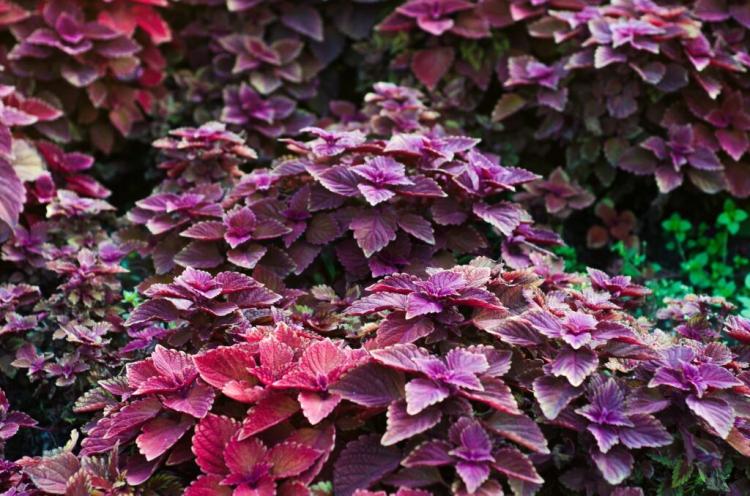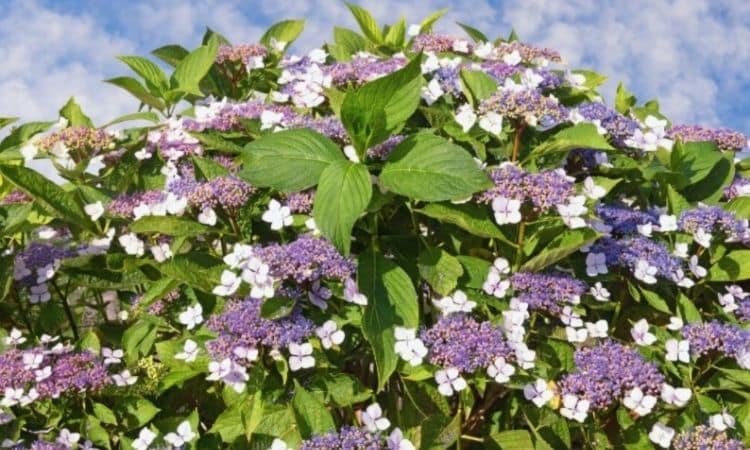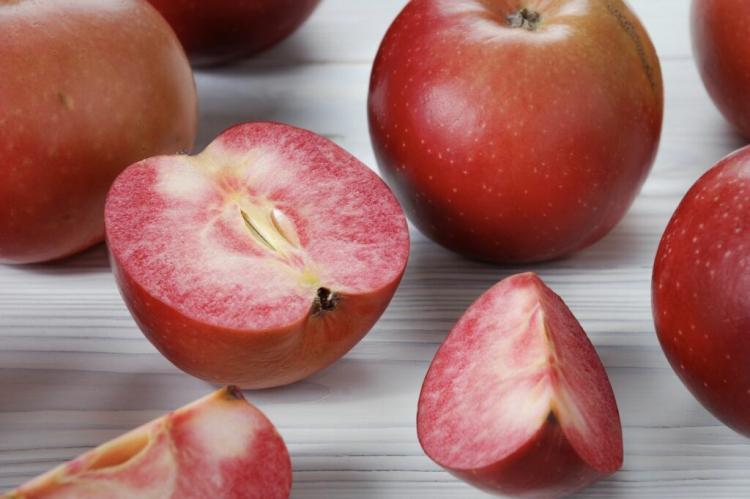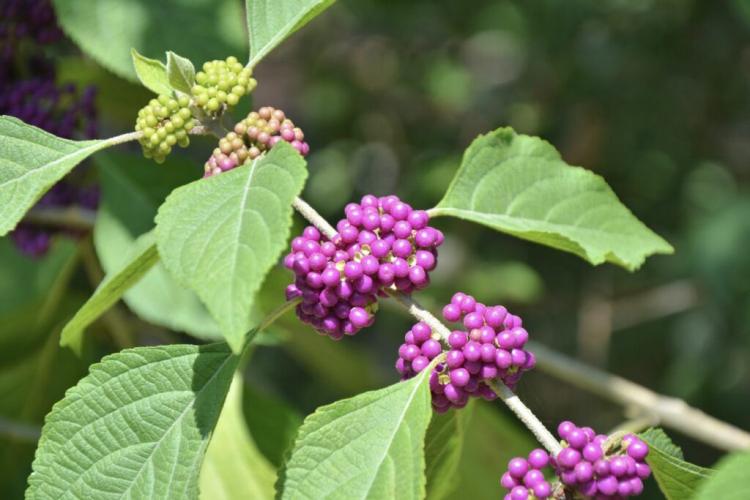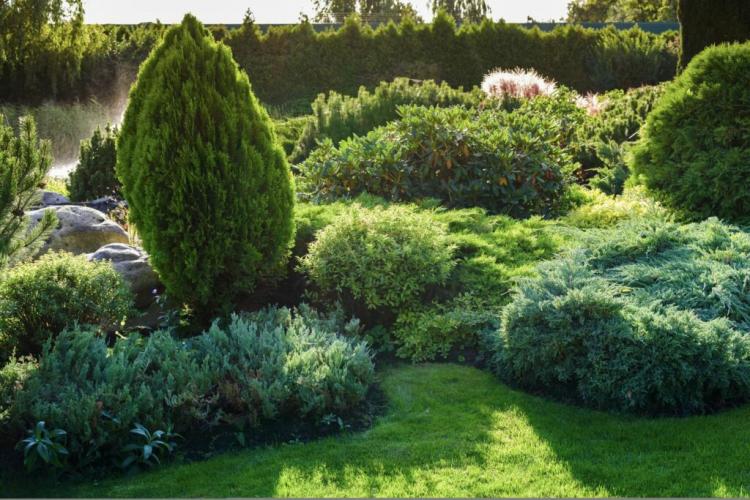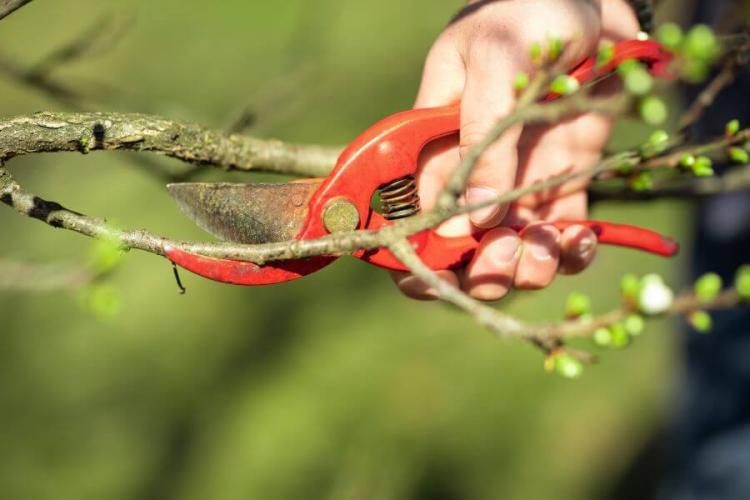Shiso And Perilla: The Exotic Herb From The Far East
Here you will find more information about Shiso from cultivation in your own garden to varieties to taste and use.
If you have ever been to Japan, China, Korea, or Southeast Asia, you may have already come across the shiso herb. There are many names for the herb so popular in Asia. Only the synonym Perilla, which is derived from Perilla frutescens, the Latin name of the shiso herb, makes sense. Less conclusive names are wild sesame, black nettle, sesame leaf, Japanese basil, beefsteak plant, Chinese basil, or purple mint.
The exact origin of the herb remains uncertain to this day. The origin is believed to be in the mountain regions of India or China. However, Shiso can be found as a wild plant in many different regions of South and Southeast Asia, so its place of origin remains a mystery for the time being.
You May Also Like Fertilizer For Basil
This is how Shiso cultivation works in your own bed
Table of Contents
Shiso is grown as an annual and is not hardy. The herb reaches a stature height of 40 to 70 centimeters and thrives best in a sunny or partially shaded location. The strongly serrated leaves give Shiso its characteristic appearance. In combination with the terminal and lateral inflorescences, it can easily be confused with the Indian Horapa basil (Ocimum tenuiflorum).
Seeds are usually only available in well-stocked garden centers. It is, therefore, best to order the seeds directly from a specialized dealer on the Internet. The seeds can either be sown on the windowsill at the end of March (germination time: 4-7 days) or directly in the herb bed from mid-April (germination time: 14-21 days). Due to the better controllable conditions, the germ rate on the window sill is significantly higher.
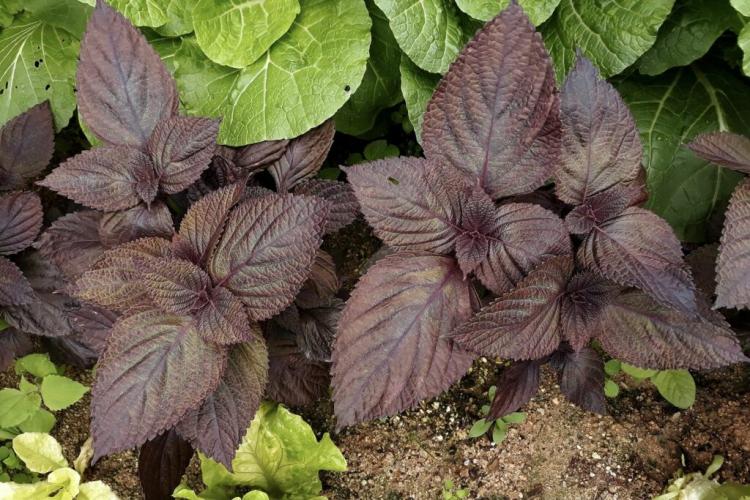
Often the seeds are stratified in the refrigerator for two weeks before sowing. This is supposed to fool the seeds into winter and encourage germination through the subsequent rise in temperatures. Then it has proven to be useful to water the seeds for 24 hours. After sowing, the temperature should be between 18-22 ° C. The seeds must never dry out, as this can significantly delay germination. Shiso specialists recommend covering the seeds with newspaper or a layer of multi-layer kitchen paper.
For domestic use, one or two plants are usually sufficient. However, if you want to make Shiso pesto, you should already cultivate six to eight plants. Shiso can be grown well in pots with 4-7 liters, even if the plant usually only reaches its maximum size outdoors. High-quality soil is recommended for the pot. In general, green Shiso usually grows faster and stronger than red. The herb likes it warm, light, and slightly moist and is quite similar to the culture of basil.
The main shoot can be shortened to a height of 20 to 30 centimeters. As a result, the plant becomes beautifully bushy. The inflorescences can be removed at will. In late summer and autumn, when the days get shorter, the plant blooms. Most of the time, the seeds sow themselves and new plants germinate in the following year.
Shiso varieties and their uses
Sisho (Syn. Perilla, Latin Perilla frutescens ) is used in various ways in Asian cuisine. The leaves of green Shiso (Japanese Aojiso, Latin Perilla frutescens var. Crispa ) is used as an accompaniment to sashimi, salads, and meat. The green leaves are also a must for cold pasta and tofu dishes. In addition, aromatic herb mustard and a kind of pesto are made from the leaves.
The red to purple varieties of Shiso (Japanese Akajiso, Latin Perilla frutescens var. Purpurascens ) is a bit more bitter. They are sometimes also served with sashimi but are especially essential for preserved umeboshi, a fruit closely related to the apricot. The leaves of the red shiso varieties are often soaked in salt, blanched, or otherwise processed to reduce the slightly bitter taste.
In addition to the green and red shiso, there is another lesser-known variety. Perilla frutescens var. Japonica, also known as Egoma in Japan and deal-get in Korea, is not a classic shiso herb. Unlike the two common species, Egoma has a smooth leaf surface. Usually, it is not the leaves that are processed, but the seeds of the Algoma. The oil made from it is rich in omega-3 and 6 fatty acids and is said to be very beneficial to health.
We have so far mostly used Shiso in the form of red-green Shiso cress as a decorative garnish for various dishes.
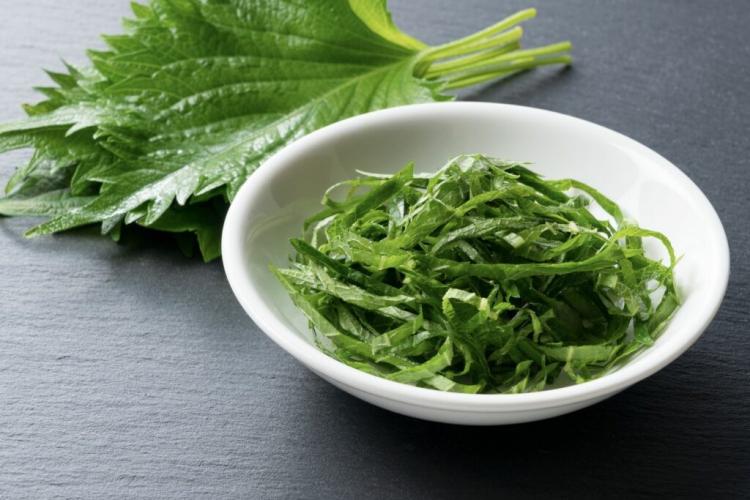
Shiso flavor and ingredients
The taste differs depending on the variety and type. In general, the green varieties can be ascribed to a lemon-like note. The taste is often compared to lemon balm and parsley. The taste of the red-purple varieties is more similar to the mint known in our latitudes. Some gourmets also describe the light nuances of cumin and anise.
The seeds contain omega-3 and omega-6 fatty acids in the form of linolenic and linoleic acid. Red Shiso contains many anthocyanins, which are highly valued for their antioxidant properties. In Japanese medicine, Shiso is said to have an antispasmodic and cholesterol-lowering effect. A tea or brew is also made from the leaves for colds.

Diseases and pests
The shiso herb is very disease-resistant. We have never seen a fungus or insect infestation. However, snails love the herb – very similar to basil.
Another note: The shiso herb should not be planted near a pond, as the perilla secretes substances that fish and other cold-blooded animals cannot get.
